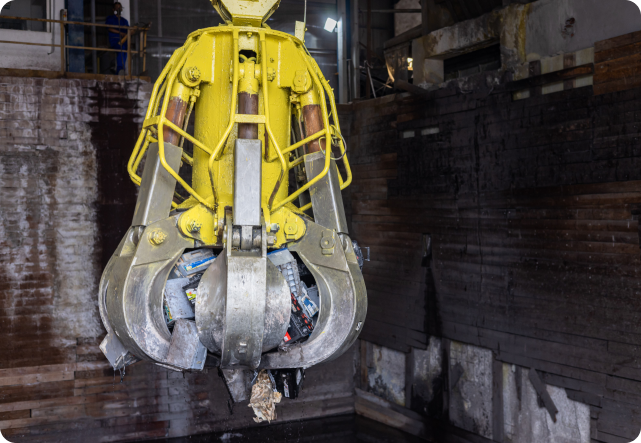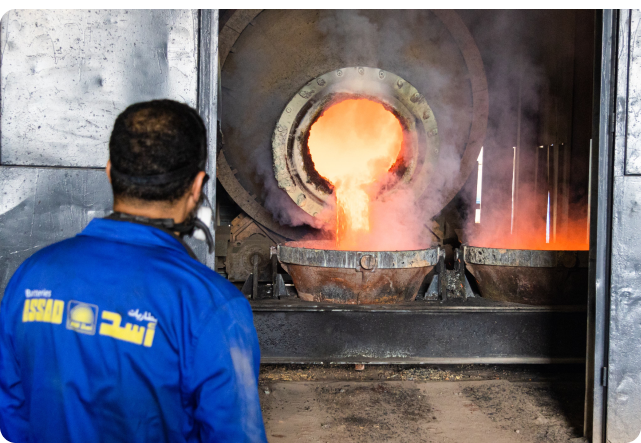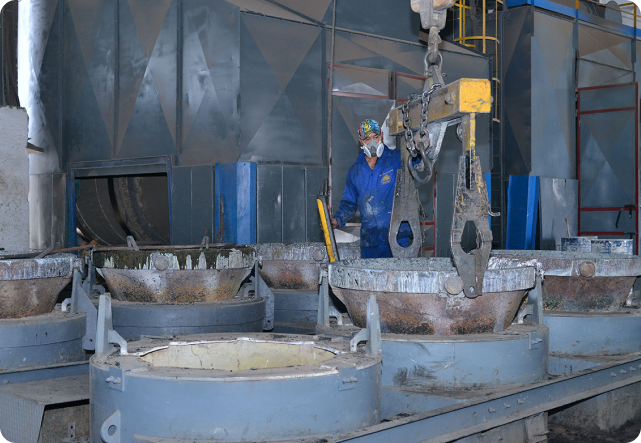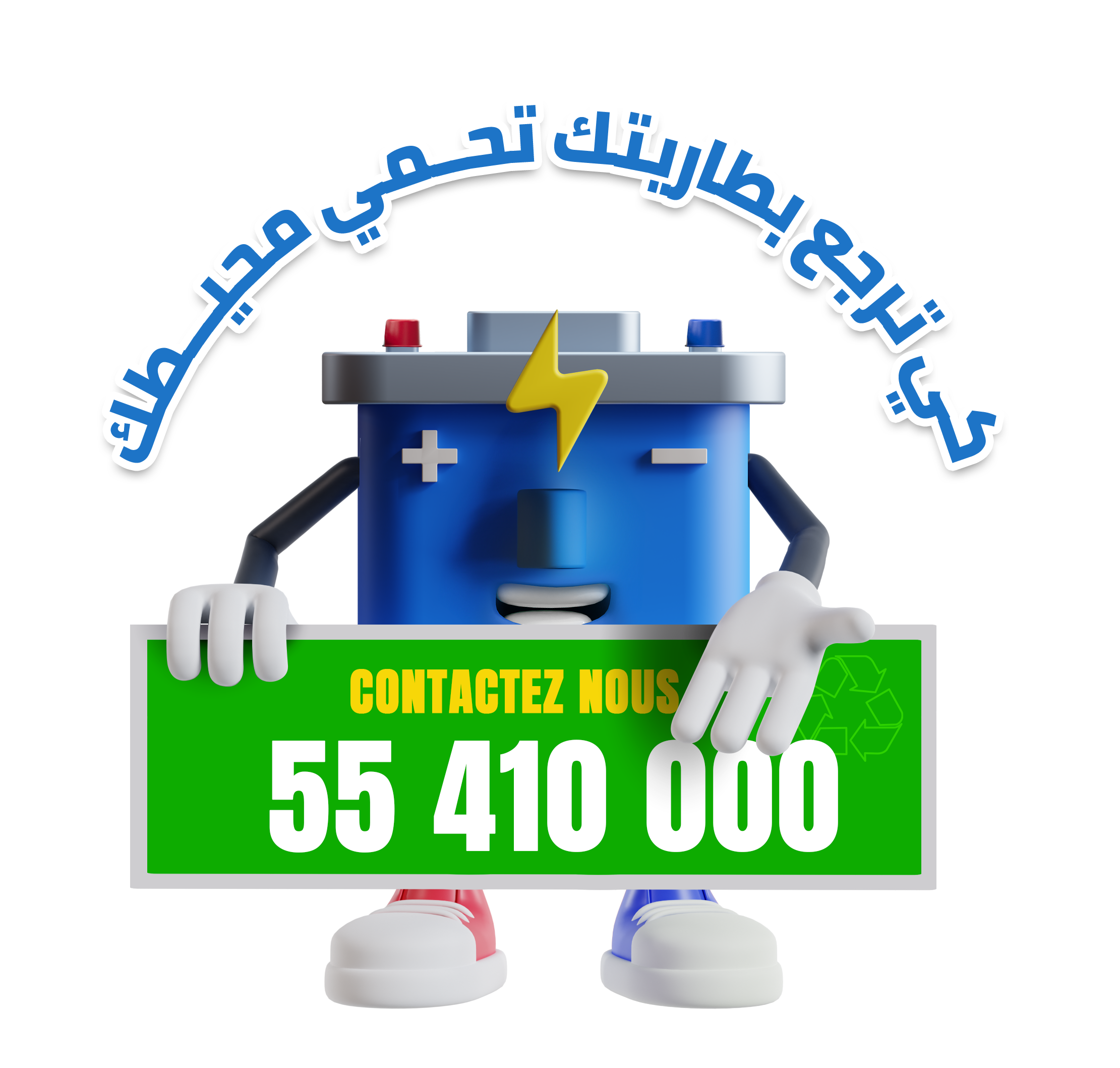Recycling Unit
Commitment to Responsible and Eco-Friendly Recycling
Aware of the dangers associated with the harmful effects of abandoned batteries in nature and eager to contribute to a radical solution to the problem, ASSAD, with the support of the Pollution Control Fund (FODEP), has established a used battery collection and recycling unit. This factory, located in the Bou Argoub industrial zone near the battery production site, is equipped with the best available technologies and equipment for crushing old batteries, separating components, and recycling lead and plastics. This recycling unit, which meets the strictest environmental standards, is capable of processing all old batteries generated by the current and future local market, with available capacity to potentially handle used batteries from neighboring markets.
First Step
Crushing Process
The raw material, consisting of old batteries, is poured into the crushing facility where it is reduced into pieces and the various components are separated through automatic selective sorting. Key components include:
- Metallic lead from grids and connections (about 32% of the weight), as well as lead oxides and sulfates (about 50%), are destined for reduction.
- Polypropylene, around 5% of the weight, is intended for sale.

Second Step
Reduction Process
The fusion and reduction of the charges take place in a rotary furnace. The charges, composed of lead materials from grinding and battery plate scraps, along with fluxes and various additives, are introduced into the furnace using a scoop mounted on a rotating head cart. The furnace contents are poured into bags placed on a remotely controlled cart. These bags are placed on heaters to separate the dross from the molten lead. The molten lead is then poured into refining tanks.

Third step
Process of Refining and Alloying
This process is carried out in tanks equipped with extraction hoods connected to a bag filter for smoke purification. The refined lead, cleansed of its impurities, is alloyed with other metals and elements to produce the lead alloy. This is followed by ingot casting, where the lead alloy is poured into 30 kg ingots, which are then stacked in bundles. These bundles are marked with a color code specific to the type of alloy and are stored before being transported to the battery manufacturing units.


